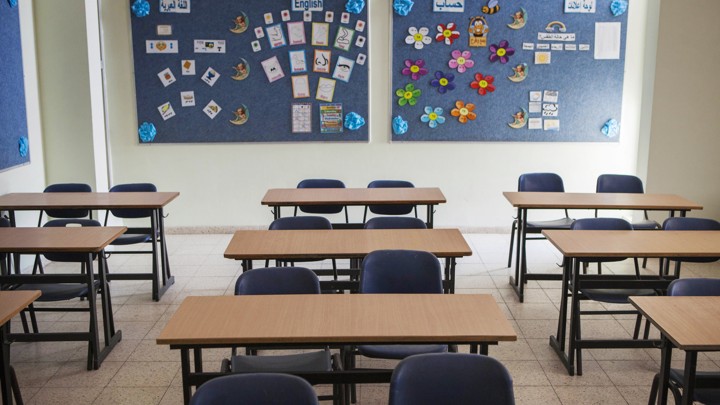
By Tim Middleton
Look around the cities and towns and we will see houses going up at an alarming rate, many of them being extremely large, some of them crowded into a small space. Everyone would love to build their own house, each to our own taste, style, design, means and use. Much thought will then go into designing the perfect house but even if we cannot build a house for ourselves, but have to look at buying or renting existing houses, we will all have a fairly clear idea of what we want for our house.
While acknowledging that many do not have a choice, if we have the choice, we would certainly build a house with more than just one room. We would not want, if possible, to live in one room, to cook, sleep, wash, entertain, exercise all in the same room, nor would we wish to eliminate any of those aspects of life. Any house that we would build, own or even rent would no doubt have, if possible, at least a sitting room, a kitchen, a bathroom, a hallway and at least one bedroom, preferably more. We might in addition, consider having a separate dining-room, a television room, a study/office. Ideally we would have a garden.
Schools also have different rooms. They obviously have individual classrooms, though in some cases they may be shared, but they also have halls where everyone can gather together; they have specialist rooms (be they science labs or music rooms or art rooms) where specific skills can be taught; they have eating places or at least tuck shops; they have sports fields (like a garden); they have toilet facilities and maybe even changing rooms. They have offices for the administration to be done. All in all, schools are equipped for all that is required of them to provide a quality education.
That quality education is going to come when pupils’ lives are similarly built with different “rooms”. The fact is that individual lives have different rooms. If we think about it, the bedroom is where we relax and rest; the kitchen is where we find energy and strength through what we eat and drink; the sitting room is where we are sociable and share together; the garden is where we can exercise and do sport; the hallway is where we find our culture and meeting-point; the bathroom is where we can be cleansed; the study is where we can do our work. A child also needs all these parts in his life and therefore in his education.
We should not consider education as being one “room”, as being purely academic. We must ensure that our children have rooms where they grow culturally and that they spend time in that room, soaking up all that it offers. Then they also need to have that room where they can rest, relax and be refreshed. They need to have that room where they are able to grow socially, aware of etiquette, protocol and courtesy. Most importantly there must be a room where their spiritual growth is ensured, through inner cleansing. It is important for a house to have all such rooms, so it is vital that a child has all these “rooms” in their lives as well.
As we look around the cities and towns, though, and see all these buildings, there is nothing worse than seeing buildings that are not completed, buildings that are merely gaping shells. In a similar way it is a sad comment if we have a house where only a few rooms are being used. What a waste! It follows, then, that there is nothing worse than seeing an unfinished work in a child’s development, or a child with only one room, one aspect of their education developed. The houses we build and the education we provide are to be many-roomed, multi-faceted, ideally developed to cater for the whole child. We must ensure that the education we are building is one that has many rooms.
It may be helpful to understand too that the buildings at a school should reflect the education of that school. So when we build new blocks we should be concerned that the acoustics are clear, the seating is comfortable, the look is classy and the layout is clever. The same should apply to the children we are educating: they should be clear in what they are saying, comfortable in how they are working, smart in how they are looking and clever in how they spend their time. Of course, we should also remember that at the end of the day, we may have all the latest modern facilities and buildings, yet that is all they are — buildings. Education is about much more than building; it is about building young people’s whole lives, so that there will always be room for improvement.
- Chamisa under fire over US$120K donation
- Mavhunga puts DeMbare into Chibuku quarterfinals
- Pension funds bet on Cabora Bassa oilfields
- Councils defy govt fire tender directive
Keep Reading
l Tim Middleton is the executive director of the Association of Trust Schools [ATS]. The views expressed in this article, however, are solely those of the author in his private capacity and do not necessarily represent the views of the ATS.











